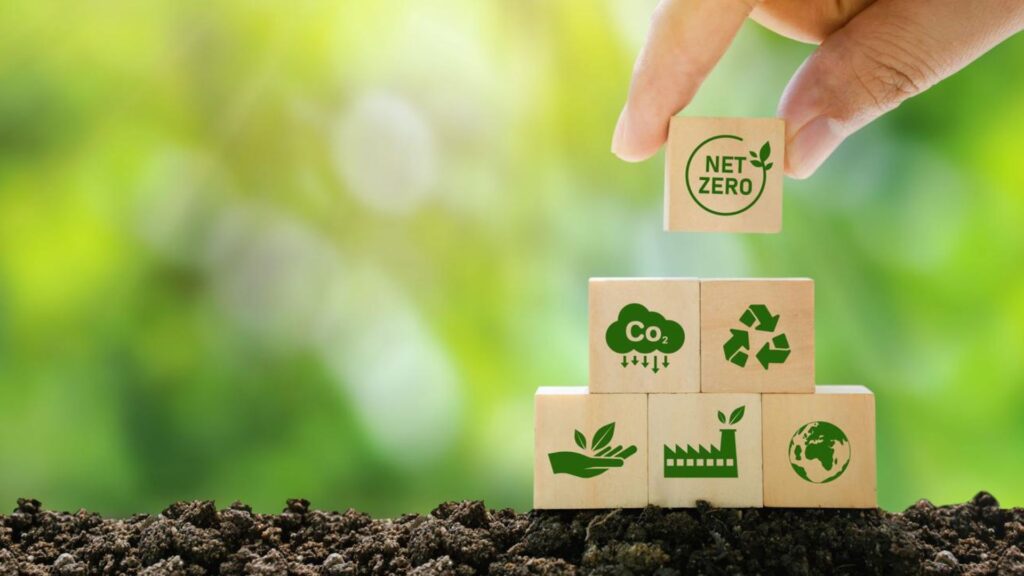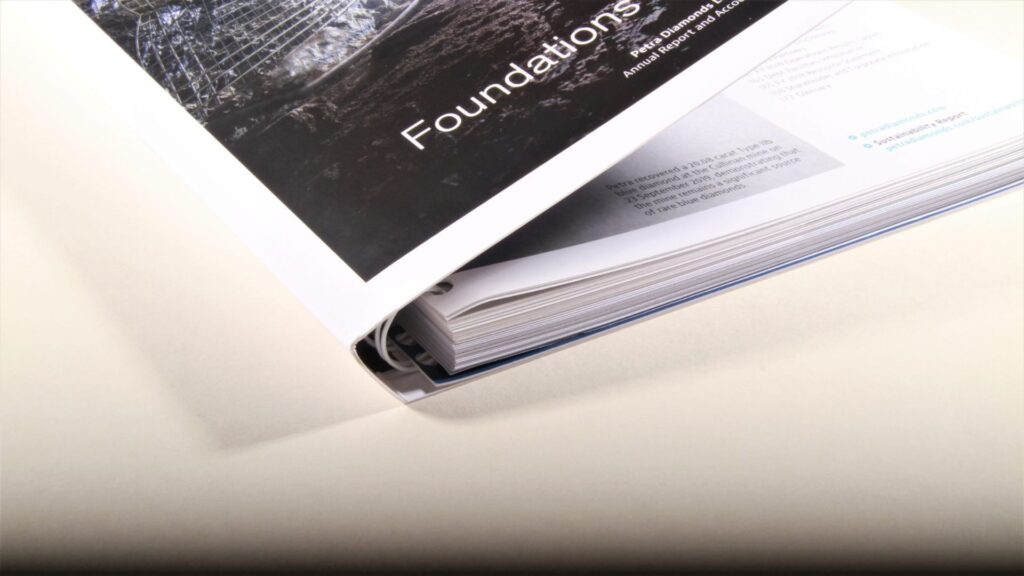
In today’s eco-aware business landscape, how and where you source materials is just as important as what you create. Binding may be a small part of a document or book, but it can have a significant environmental impact. From petroleum-based plastics to non-recyclable adhesives, many traditional binding supplies contribute to landfill waste and carbon emissions. Sourcing sustainable binding materials ensures that your project supports environmental goals while maintaining quality and function. Whether you’re a printer, publisher, educator, or office manager, this guide will help you make informed, eco-friendly procurement decisions.

What Makes Binding Materials Sustainable?
Before sourcing, it’s essential to understand what qualifies a binding material as sustainable. Look for materials that are:
-
Renewable (e.g. paper, cotton, or bioplastics)
-
Recyclable or biodegradable
-
Low in toxic emissions during production or disposal
-
Durable, reducing the need for replacement
-
Ethically sourced, with transparent supply chains
Sustainability isn’t just about the material itself—it’s about the entire lifecycle from extraction to disposal.
Key Sustainable Binding Materials to Source
a. Recycled Paperboard and Covers
-
Made from post-consumer waste
-
FSC-certified or PEFC-certified for responsible forestry
-
Used in softcover bindings, report covers, and folders
Sourcing Tip: Look for at least 30–100% recycled content, with acid-free and chlorine-free processing.
b. Metal Binding Coils and Wires
-
Aluminum or steel coils are fully recyclable
-
Often contain recycled metal content
-
Ideal for notebooks, reports, and presentations
Sourcing Tip: Choose uncoated wires or powder-coated options with non-toxic finishes.
c. PLA and Bioplastic Coils
-
Made from renewable sources like corn starch
-
Biodegradable under industrial composting conditions
-
Suitable for eco-conscious short-term projects
Sourcing Tip: Ensure PLA products are BPI-certified or EN 13432 compliant for compostability.
d. Natural Thread for Stitch Binding
-
Cotton, hemp, or linen threads are biodegradable
-
Ideal for handmade books, journals, or archival projects
Sourcing Tip: Choose threads that are undyed or dyed with natural pigments to minimize chemical use.
e. Vegetable-Based or Water-Soluble Adhesives
-
Derived from wheat starch, rice paste, or other plant sources
-
Used in glue binding, spine adhesives, and mounting
Sourcing Tip: Look for archival-safe and acid-free formulations for long-term use.
3. What to Avoid When Sourcing Binding Materials
To maintain truly sustainable sourcing practices, avoid:
-
PVC plastics – Non-recyclable and toxic when burned
-
Rubber-based adhesives – Often non-biodegradable and solvent-heavy
-
Mixed-material covers – Plastic-laminated paper or synthetic leather complicates recycling
-
Unknown suppliers – Without transparency, it’s hard to verify sustainability claims
Watch for greenwashing. Always ask for material safety data sheets (MSDS), third-party certifications, or chain-of-custody documentation.
4. Trusted Certifications to Look For
When evaluating products or suppliers, these certifications provide assurance of sustainability:
-
FSC (Forest Stewardship Council) – For responsibly sourced paper and board
-
PEFC (Programme for the Endorsement of Forest Certification) – Similar to FSC, focuses on sustainable forest management
-
BPI Certified Compostable – For biodegradable plastics like PLA
-
Green Seal or EcoLogo – For low-toxicity, eco-friendly printing and office products
-
ISO 14001 – Environmental management standard for manufacturers
5. Where to Source Sustainable Binding Materials
Online Suppliers
-
EcoEnclose – Offers recycled paper packaging and binding supplies
-
Nashville Wraps – Carries biodegradable and recycled office supplies
-
Binding101 – Offers metal wire binding coils and some eco-friendly options
-
Talasonline – Archival and conservation materials, including natural threads and adhesives
Local Print Shops and Paper Mills
-
Ask about FSC-certified paper, plant-based adhesives, and custom eco-binding options
-
Support vendors that offer low minimum order quantities to reduce waste
Wholesale Office Suppliers
-
Some mainstream providers now carry “green lines” or eco collections
-
Check with your current vendor for sustainable product catalogs
Bonus Tip: Consider buying in bulk to reduce packaging waste and emissions from frequent shipping.
Collaborate with Sustainable Printers
If you’re not binding in-house, work with eco-conscious printing services that:
-
Use non-toxic inks
-
Offer recyclable or compostable covers
-
Practice energy-efficient production
-
Provide options like print-on-demand to minimize surplus
Ask printers about their environmental policies and request proof of sustainable sourcing for all binding components.
Conclusion
Sourcing sustainable binding materials isn’t just a trend—it’s a responsibility. By choosing recyclable, biodegradable, and ethically sourced components, you reduce waste, support green manufacturing, and send a clear message about your environmental values. With a little research and the right partners, sustainable binding can be just as practical, affordable, and beautiful as conventional options—only greener.







